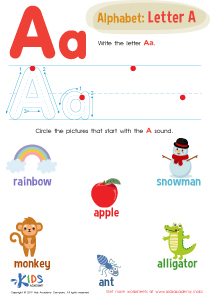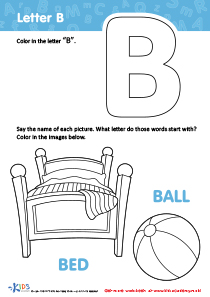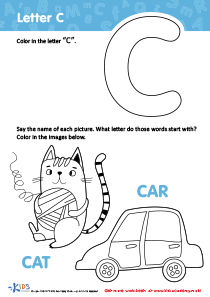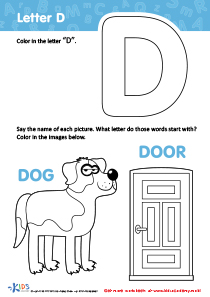Normal Letter I Worksheets for Ages 4-9
4 filtered results
-
From - To
Discover our carefully designed "Normal Letter I Worksheets for Ages 4-9", perfect for young learners beginning their alphabet journey. These engaging, printable sheets offer a variety of activities to help kids recognize, trace, and write the letter I, enhancing their fine motor skills and letter comprehension. Whether at home or in the classroom, our worksheets provide a fun and educational experience, combining vivid images and simple instructions. Ideal for children ages 4-9, these resources support early reading development and confidence in writing. Visit Kids Academy today and make learning the alphabet a joyful adventure!
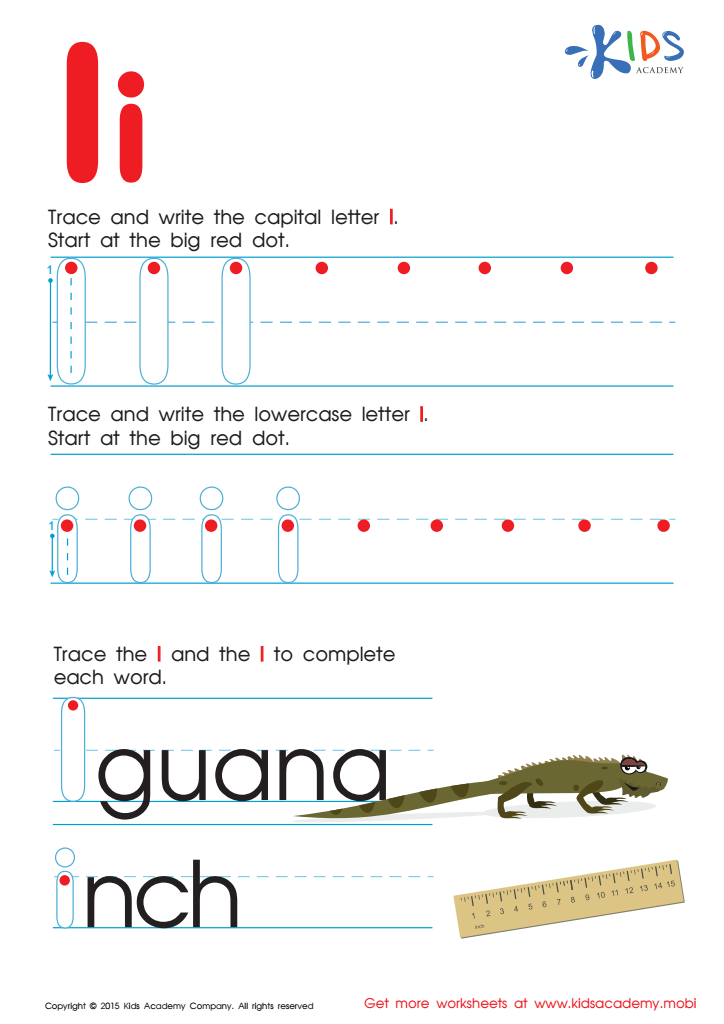

Letter I Tracing Page
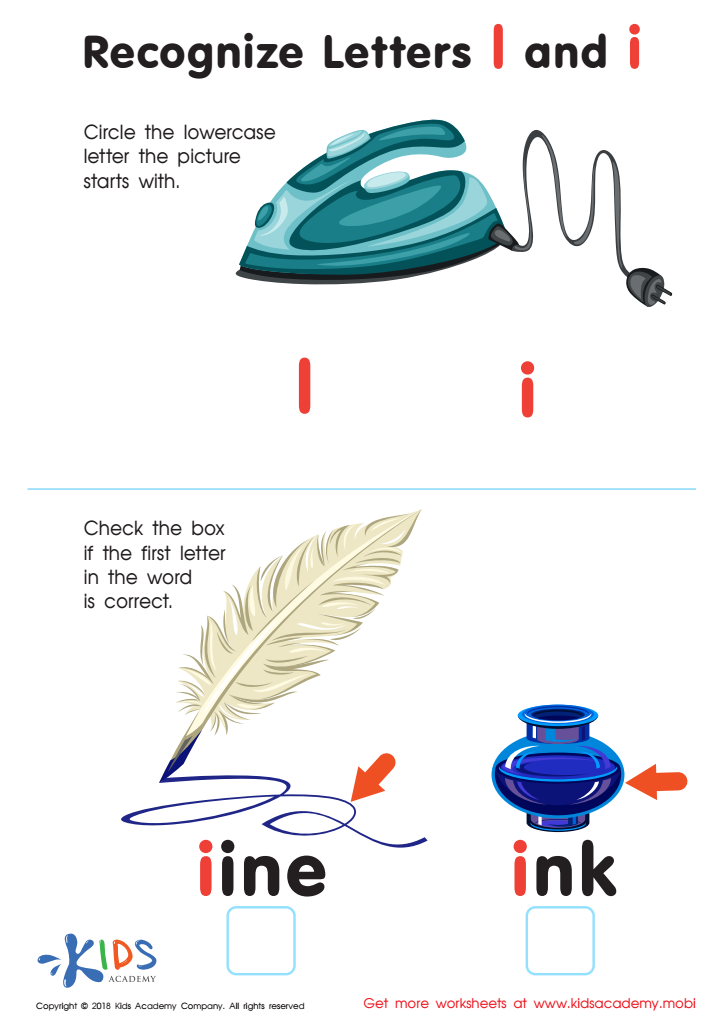

Recognize Letters l and i Worksheet
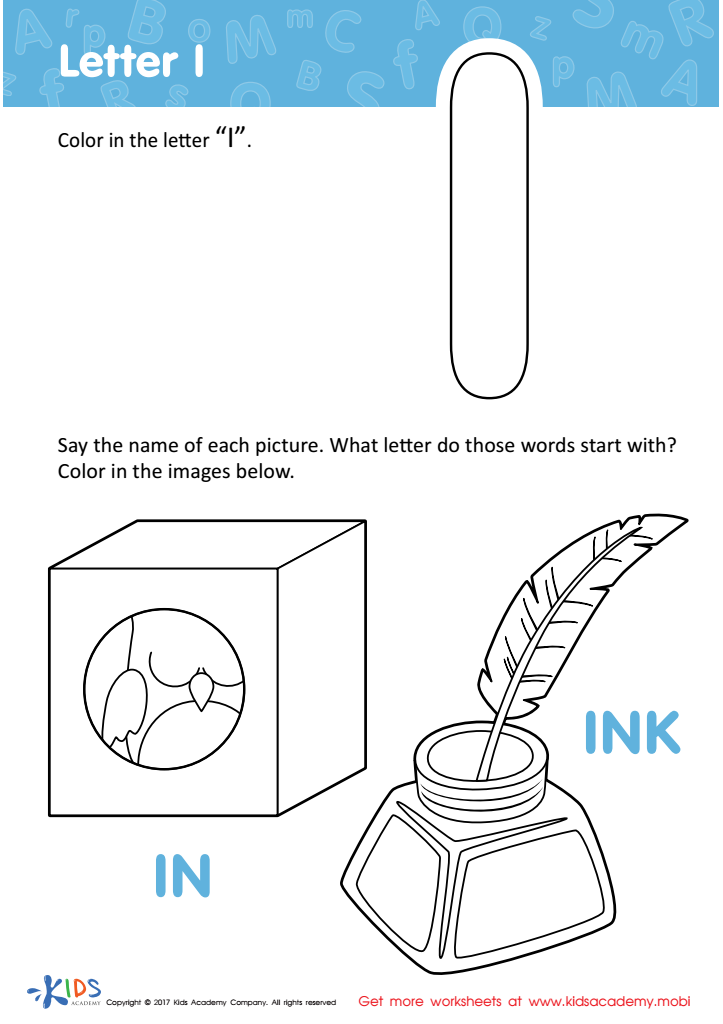

Letter I Coloring Sheet
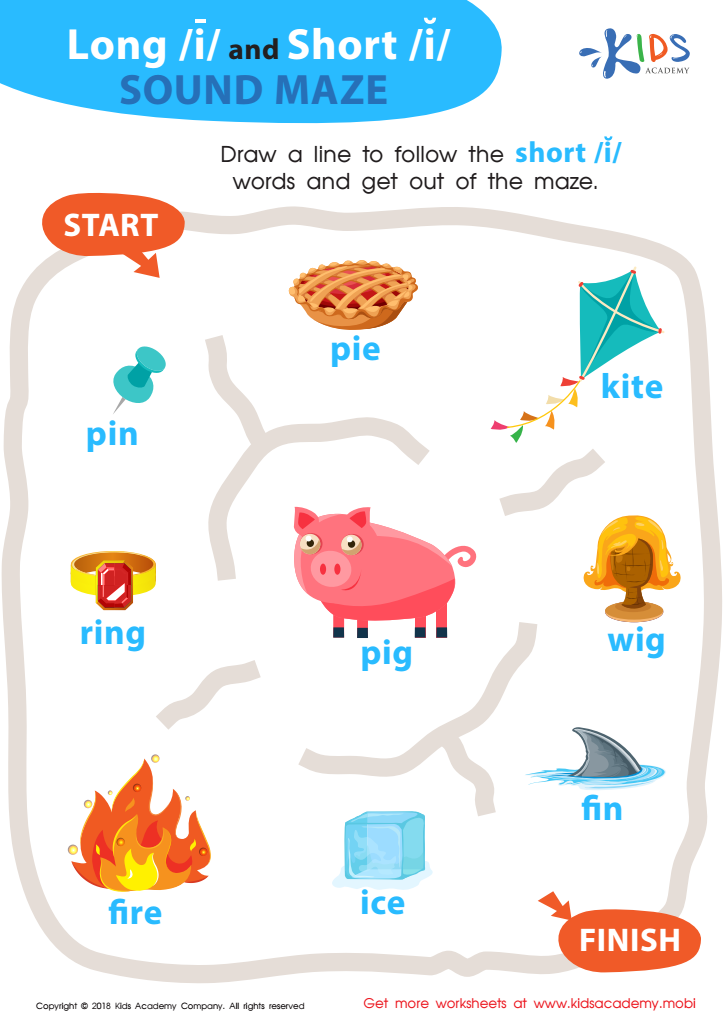

Reading: Long I and Short I Sound Maze Worksheet
Normal letter formation, specifically for the letter "I," is crucial for children ages 4-9 as it lays the foundation for proper handwriting skills. At this developmental stage, kids are honing their fine motor skills, and learning to write accurately affects their academic performance and confidence.
Firstly, writing the letter "I" involves understanding the concept of straight lines, which translates to motor control and precision. Proper formation of letter "I" sets a precedent for writing other letters and promotes legibility, thus making written communication clearer for teachers and peers.
Additionally, neat and consistent handwriting impacts overall literacy. Research shows that children who develop good handwriting early tend to read more quickly and write more efficiently. If children struggle with basics like forming the letter "I," they might face ongoing challenges in literacy, possibly hindering their academic progress.
Moreover, early mastery of writing skills fosters self-esteem and independence. Achieving milestones like writing 'I' correctly can be immensely satisfying, encouraging children to engage more in learning activities.
In essence, parents and teachers should emphasize correct formation of normal letter 'I' as it contributes critically to broader educational development, promoting better academic outcomes and boosting children’s self-confidence and competence in learning.
 Assign to My Students
Assign to My Students







